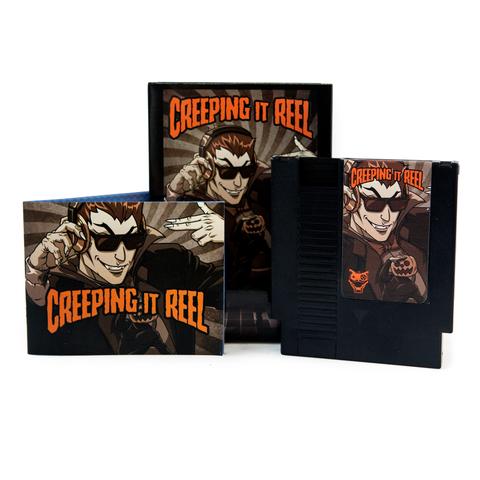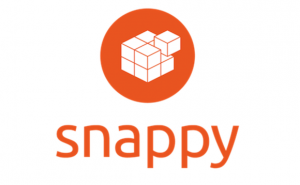This Dynablaster clone probably has the most advanced Bomberman AI ever created, please update your MrBoom core or give it a try!


This Dynablaster clone probably has the most advanced Bomberman AI ever created, please update your MrBoom core or give it a try!


Disclaimer: This is not a paid endorsement. RetroArch/libretro are not affiliated with Mega Cat Studios in any way and received no compensation for this post.
After hearing about Sheep It Up!’s physical cart release, Mega Cat Studios contacted us about their own physical NES releases:
New, artisinal gaming experiences for the original Nintendo.We just listed some awesome new NES games for sale this AM. Including an awesome, one of a kind collectors edition.
Creepin It Reel is an NES chiptune album with NES rendered, officially licensed Dancing Pumpkin Man dance moves and a fully playable pachinko game full of treats.Creepy Brawlers marries monster movies & boxing to the NES. An achievement system, counter attacks and enemy evolutions to keep the scares high and health bars low.Justice Duel is a four player couch co-op action game with a full featured single player campaign, mech-eagles in top hats and an array of weaponsAll games are available for sale at megacatstudios.com.
Our good friend Dr. Ludos writes with some exciting news:
I kept working on Sheep It Up, and I’m proud to announce you that it’s now available on actual Game boy cartridges:
As a game collector myself, I wanted this game to be produced without sacrificing any vintage Gameboy titles. So everything is manufactured specifically for this game: the pcb, the rom, the shell, the protective case and even the sticker! We also tried to keep the price reasonable, so everyone can enjoy the game: $15 (+shipping). It will run on any Gameboy model, from the first one to the GBA SP, including the Super Game Boy.
And here is a short gameplay video (GIF format) and a selection of screenshots:
Feel free to share the news to the Game boy owners you may know :)!
 Adding to our existing FlatPak packages for distro-independent installation, RetroArch is now available as a snap package, as well. We’re using Canonical’s SnapCraft.io build service, which produces i386, x86_64 and armhf builds. Canonical’s official instructions for installing snap packages on a variety of distros are available here:
Adding to our existing FlatPak packages for distro-independent installation, RetroArch is now available as a snap package, as well. We’re using Canonical’s SnapCraft.io build service, which produces i386, x86_64 and armhf builds. Canonical’s official instructions for installing snap packages on a variety of distros are available here:
https://snapcraft.io/docs/core/install
If you already have the snap package manager installed, you can download the snap package directly from uApp Explorer:
https://uappexplorer.com/snap/ubuntu/retroarch
and Ubuntu users can search for and install RetroArch directly from the Ubuntu Software store:
If you run into any issues with the snap package, please report them at the retroarch-snap meta-repo, located here:
https://github.com/libretro/retroarch-snap
This package includes assets, database, cheats, joypad autoconfig, info cores, overlay and shaders. After installation, you’ll also need to connect 2 interfaces to get joysticks working:
sudo snap connect retroarch:raw-usb
sudo snap connect retroarch:joystick
If you’re going to use any cores that require BIOS files, you’ll probably want to stop by settings > directory and select a system/BIOS directory, as well. Other than that, you should be good to go!
Thomas Cherryhomes has been hacking on the atari800 libretro core. Atari800 is an emulator that supports the Atari 8-bit computers and game systems. Much needed core options have been added to improve the overall user experience, including:
* System type (400/800, 800XL, 130XE, and Atari 5200)
* Video Standard (NTSC or PAL)
* SIO Accelleration (while this improves boot time, many copy protected games will fail to load if this is enabled)
* Internal BASIC (so that games that need BASIC can be played)
* Hi-Res artifacting (for NTSC games that utilize the high-resolution faux color artifacting, such as Choplifter!, and Drol)
* Boot from Cassette (needed for bootable cassette titles)
State saving is coming soon, not quite debugged yet, as well as trying to find the best way to add the keypads for the Atari 5200 controllers, with an eye to extending such support for other game systems of the same vintage that also sported keypads on their joysticks. Also, some build targets are not compiling (e.g. Wii, PS3, etc.), and this needs to be fixed.
The changes thus far, with the exception of the preceding paragraph have been merged upstream and accepted.